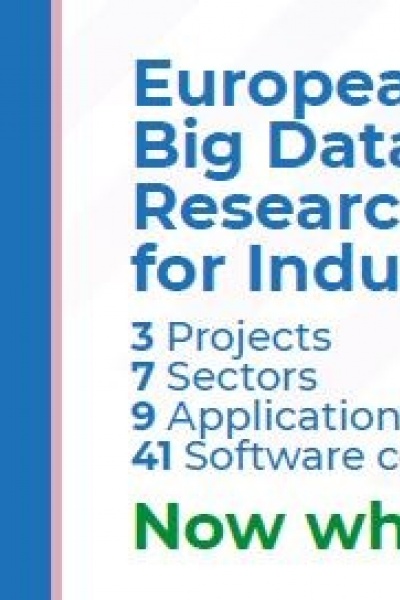
European Big Data Research for Industry 3 Projects 7 Sectors 9 Applications 41 Software components Now what?
The collaboration between Big Data EU H2020 research projects, I-BiDaaS, BigDataStack and Track & Know was initiated in the beginning of 2020, when during the BDV PPP Summit 2020, they decided to join forces in a series of 9 online demonstrations of innovative Big Data Technologies in the pilot studies and their applicability to an ever wider scope contributing to Europe’s digital future: the Big Data PIlot Demo Days.
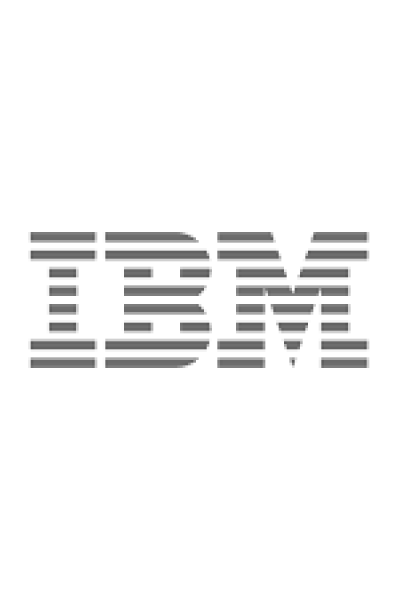
How to Layout Big Data in IBM Cloud Object Storage for Spark SQL
BlogPost published on ibm.com
When you have vast quantities of rectangular data, the way you lay it out in object storage systems like IBM Cloud Object Storage (COS) makes a big difference to both the cost and performance of SQL queries; however, this task is not as simple as it sounds. Here we survey some tricks of the trade.
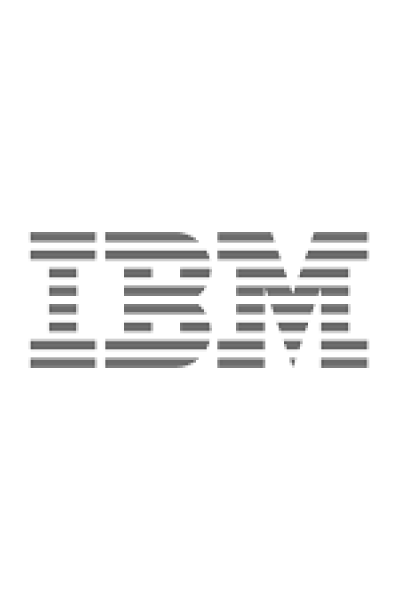
Accelerate Your Big Data Analytics and Reduce Costs by Using IBM Cloud SQL Query
BlogPost published on ibm.com
In this blog post, we demonstrate how using the SQL Query Catalog with data skipping indexes can accelerate performance by x14 and lower cost by 43%. According to today’s best practices for cloud, both analytics and storage should be run as separate services with a serverless pay-as-you-go pricing model.
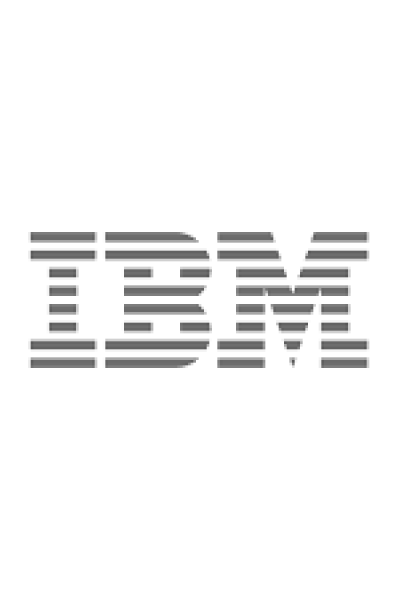
Data Skipping for IBM Cloud SQL Query
BlogPost published on ibm.com
In this post, we’re going to show you how data skipping can boost the performance of your queries with IBM Cloud SQL Query and reduce cost by skipping over up to 99% of your dataset. SQL Query is a serverless SQL service for querying structured data on IBM Cloud Object Storage (COS) with less specialized expertise and at a lower cost than traditional DBMSs.
Red Hat Research Quaterly
Report Published on research.redhat.com
In a time when connections are difficult, open source and open science help us maintain our ties even at a distance.
...when we are physically separated, our virtual connections must become stronger, and making them in the open makes them more robust and more lasting.
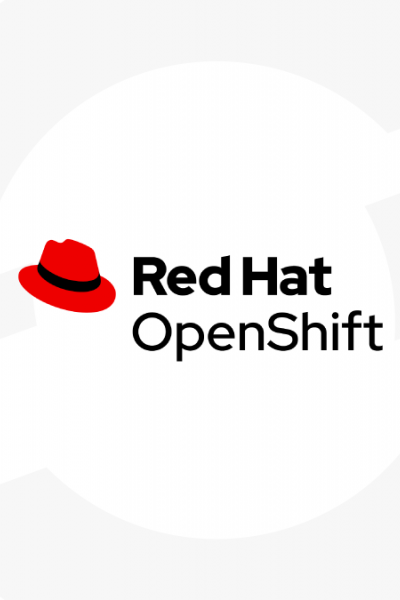
New OpenShift 4 on Red Hat OpenStack Platform Reference Architecture
BlogPost published on openshift.com
The recent release of Red Hat OpenShift Container Platform (RHOCP) 4.4 brings even more flexibility and features to your organization’s Open Hybrid Cloud. With expanded platform support, more advanced Kubernetes features, and increased developer focus, this release certainly continues the evolution of the Kubernetes platform!
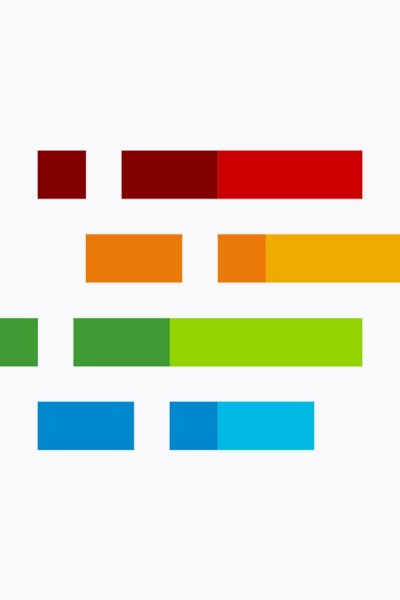
Customizing and tuning the Kuryr SDN for Red Hat OpenShift 3.11 on Red Hat OpenStack 13
BlogPost published on developers.redhat.com
Traditional OpenShift installations leverage openshift-sdn, which is specific to OpenShift. Using openshift-sdn means that your containers run on a network within a network. This setup, known as double encapsulation, introduces an additional layer of complexity, which becomes apparent when troubleshooting network issues.
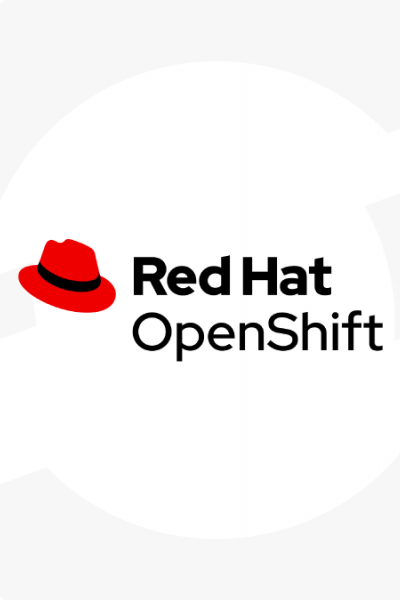
Autoscaling with OpenShift on OpenStack
BlogPost published on openshift.com
With the release of OpenShift 4 at Red Hat Summit in 2019 the world’s best enterprise container management platform unleashed an amazing set of features onto the world. OpenShift 4 completely redefined enterprise Kubernetes combining a new approach to installation, upgrades, and management as well as adding advanced “day 2” capabilities and automations.
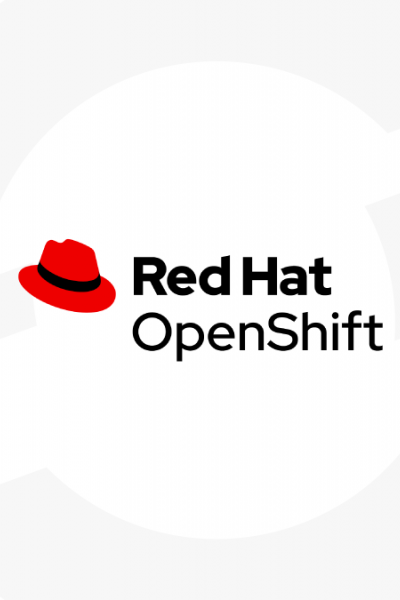
Accelerate your OpenShift Network Performance on OpenStack with Kuryr
BlogPost published on openshift.com
Many cloud applications are moving to containers while many others are running on virtual instances, leading to the need for containers and VMs to coexist in the same infrastructure. Red Hat OpenShift running on top of OpenStack covers this use case as an on-prem solution, providing in turn high levels of automation and scalability.
SYSTOR '19: Proceedings of the 12th ACM International Conference on Systems and Storage
Presented at Systor 2019
The SYSTOR 2019 program features three keynote presentations: “Caches Are Not Your Friends: Programming Non-Volatile Memory” by James Larus (EPFL); “Biological Data is Coming to Destroy Your Storage System” by Bill Bolosky (Microsoft Research); and“Is There Virtualization Beyond Containers? And Is It Useful to the Cloud?” by James Bottomley (IBM Research).

